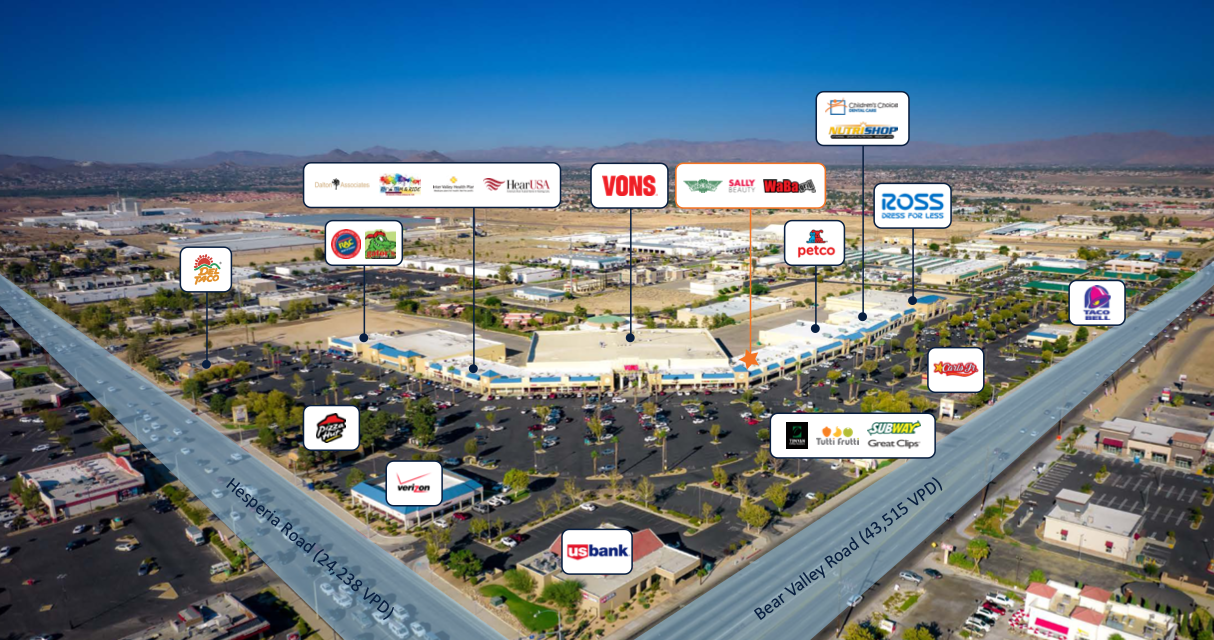Medical Chatbots Use Cases, Examples and Case Studies of Generative Conversational AI in Medicine and Health
In today’s technology-driven world, every industry is leveraging the power of AI, and the medical industry is no different. Chatbots for healthcare can automate repetitive and mundane tasks, so healthcare experts can focus on complex ones. Healthcare chatbots can also reduce errors in the healthcare system by automating repetitive and administrative tasks, such as appointment scheduling and prescription renewals. It help patients schedule appointments, refill prescriptions, and access medical records. Medical assistance chatbots can also provide patients with information on medical procedures and treatments.
They can also track the status of a customer’s order and offer ordering through social media like Facebook and Messenger. Bots will take all the necessary details from your client, process the return request and answer any questions related to your company’s ecommerce return policy. Deploying chatbots on your website, mobile app, WhatsApp, and other platforms can help different industries to streamline some of the processes. These include cross-selling, checking account balances, and even presenting quizzes to website visitors.
Career development
For example, in 2020 WhatsApp teamed up with the World Health Organization (WHO) to make a chatbot service that answers users’ questions on COVID-19. But, this is just a single instance of how medical chatbots are transforming the healthcare industry. Apart from providing critical healthcare information, healthcare chatbots have benefitted the industry in a number of ways.
Ultimately, this reduces wait times and improves convenience in patient care. Artificial Intelligence Healthcare Chatbot Systems are able to answer FAQs, provide second opinions on diagnosis, and help out in appointment scheduling. Time is an essential factor in any medical emergency or healthcare situation. This is where chatbots can provide instant information when every second counts. When a patient checks into a hospital with a time-sensitive ailment the chatbot can offer information about the relevant doctor, the medical condition and history and so on. When a patient checks into a hospital with a time-sensitive ailment, the chatbot can offer information about the relevant doctor, the medical condition and history, and so on.
Chatbots in Healthcare: Six Use Cases
Chatbots for customer service can help businesses to engage clients by answering FAQs and delivering context to conversations. Businesses can save customer support costs by speeding up response times and improving first response time which boosts user experience. AI bots recognize the keywords in a query, search their database, find the solution related to that question, chatbot use cases in healthcare and present it to the person in the text. If there are questions that there is no information on, they give a neutral answer and direct the customer to another page or directly to the doctor. AI bots provide their comparative prescriptions for patients with a similar illness. Then, they guide the patients with their doubts regarding the medication and its effects.
Modern-day technologies have made a significant impact on our everyday life. Look at what we got today — we do shopping without leaving home, travel across the globe, and even manage businesses via gadgets. Indeed, technologies are a game-changer as our lives have become much easier with the advancement of technology. About 80% of customers delete an app purely because they don’t know how to use it. That’s why customer onboarding is important, especially for software companies.
By providing patients with quick access to information and reducing the need for in-person visits, chatbots can help reduce the burden on healthcare systems. Additionally, using chatbots can help reduce the time and resources needed chatbot use cases in healthcare to manage administrative tasks, freeing healthcare professionals to focus on more important tasks. Livi, a conversational AI-powered chatbot implemented by UCHealth, has been helping patients pay better attention to their health.
- Not all patients may be in a condition to approach a healthcare practitioner during their working timings, and they may need to be reminded about their regular health checkups.
- Despite all these efforts, the World Health Organization projects that the healthcare sector will still face a shortfall of 9.9 million healthcare professionals by 2030.
- Health management chatbots can also provide patients with personalized health and wellness tips.
- This way, you don’t need to call your healthcare provider to get an appointment anymore.
- In addition, 1 chatbot had its gender randomly assigned for each interaction (Case 22) and 1 gave the user the option to choose (Case 28).
- Patients can quickly access medical information via chatbot by using its message interface.
With the ever-increasing popularity of messaging, chatbots are now the center of business messaging. This concept encourages buyers to be more ready and willing than ever to shop online with bots. With chatbots, you save time by getting curated news and headlines right inside your messenger. Emirates Vacations is one of the best chatbot examples of how they deployed chatbots for boosting customer engagement.
Chan Zuckerberg Initiative is building an expensive new AI GPU cluster for medical research
Further, as a chatbot could belong to multiple categories (e.g., delivered multiple use cases), our numbers do not always add up to 61. With the way technology has advanced, it is no surprise that chatbots are one of the fastest-growing communication channels today. And going by how rapidly the healthcare industry is adopting medical chatbots into their tech stack, it is safe to say that chatbots are here to stay. As we explore the potential for healthcare chatbots and their wide range of applications, it makes sense to also come back to one of the most basic yet important questions that we should be asking.
Inside Google’s Plans To Fix Healthcare With Generative AI – Forbes
Inside Google’s Plans To Fix Healthcare With Generative AI.
Posted: Tue, 29 Aug 2023 07:00:00 GMT [source]
It is especially true for non-developers who need to gain the skill or knowledge to code to their requirements.However, today’s state-of-the-art technology enables us to overcome these challenges. For instance, Kommunicate builds healthcare chatbots that can automate 80% of patient interactions. Not only can these chatbots manage appointments, send out reminders, and offer around-the-clock support, but they pay close attention to the safety, security, and privacy of their users. A healthcare chatbot is an AI-powered software program designed to interact with users and provide healthcare-related information, support, and services through a conversational interface. It uses natural language processing (NLP) and Machine Learning (ML) techniques to understand and respond to user queries or requests.
Improved Patient Outcomes
A study conducted by Deloitte shows that 78% of physicians, sometimes, often, or always experience feeling burnt out. The demand-supply gap is widening in the hospital sector, which is costing the doctors their peace of mind and the hospitals their patients. This company uses a chatbot that takes over when the patient experience team is not available. Push Doctor users can always pick up where they left off, and it doesn’t matter who they were chatting with earlier.
Managing appointments is one of the more tasking operations in the hospital. Although scheduling systems are in use, many patients still find it difficult to navigate the scheduling systems. Some of the tools lack flexibility and make it impossible for hospitals to hide their backend/internal schedules intended only for staff. These chatbots are equipped with the simplest AI algorithms designed to distribute information via pre-set responses.
Obtain datasets and train the model
For example, the chatbot “Your.MD” is a prevalent symptom checker chatbot that uses artificial intelligence to help patients diagnose their symptoms and provide treatment suggestions. There are various healthcare chatbots, each with unique features and functions. They use natural language processing and machine learning algorithms to understand and respond to patient queries, making them a convenient and efficient tool for patients. The healthcare space is replete with scenarios that need to be automated to make care-providing better and more efficient. Offloading simple use-cases to chatbot can help healthcare professionals focus on treating patients with patience. Different types of chatbots in healthcare require different advantages, and the strengths of these algorithms are dependent on the training data they are provided.
In this article, we shall focus on the NLU component and how you can use Rasa NLU to build contextual chatbots. An effective UI aims to bring chatbot interactions to a natural conversation as close as possible. And this involves arranging design elements in simple https://www.metadialog.com/ patterns to make navigation easy and comfortable. Chatbot developers should employ a variety of chatbots to engage and provide value to their audience. The key is to know your audience and what best suits them and which chatbots work for what setting.
Healthcare chatbots deliver information approved by doctors and help seniors schedule appointments if needed. The chatbots relieve stress by answering specific health-related questions and creating strong patient engagement. Acropolium is ready to help you create a chatbot for telemedicine, mental health support, or insurance processing.
Tuesday, September 19, 2023 – KFF Health News
Tuesday, September 19, 2023.
Posted: Tue, 19 Sep 2023 12:46:10 GMT [source]
Chatbots allow you to ask for customer feedback in a natural conversational context. Invite your patients to describe their impressions after meeting a new doctor or going through an annual checkup. Then, use that knowledge to enhance the patient experience at every touchpoint. You can also use your healthcare chatbot to greet new patients and make sure they don’t get lost or overwhelmed by your website, especially if they already have clear needs. You will also be able to re-engage users who got distracted and stopped interacting with your bot if you set up timely follow-ups.



















